Funeral Biscuits: A Victorian Tradition Sealed with Mourning Black Wax

In the 18th and 19th centuries, mourners in the UK—particularly during the Victorian era—were offered a small, solemn token at funerals: funeral biscuits. These biscuits, or other baked goods, were given to guests as both refreshment and remembrance. Each packet was wrapped in paper or parchment and sealed with black sealing wax.
If you’re curious to see these treats brought to life, Max Miller’s wonderful episode of Tasting History explores their story in depth, showcasing how food and ritual evolved and intertwined in Victorian grief, and commerce(!) traditions.
From Mourning to Memory
For Victorians, rituals around death were highly codified. Funeral biscuits weren’t simply dessert; they were mementos. The black wax seal ensured the package was both secure and offered more symbolism. In some instances, the biscuits themselves were stamped with crosses, coffins, or skulls, making them edible echoes of mortality.
A Modern Twist: The Macabre Made Playful
Though this practice has somewhat faded, it’s a tradition worth revisiting, especially for those of us who enjoy a touch of the macabre. In the U.S., we could easily find a place in our own seasonal rituals. Imagine:
🎃 Halloween Treats with a Gothic Flair – Bake spiced shortbread or molasses cookies, or gather candies, wrap them in parchment, and seal them with black wax. Add motifs like bats, ravens, or skulls to the wax impressions for extra atmosphere.
💀 Day of the Dead Inspiration – Adapt the idea into sugar cookies decorated with skulls, sealing them with wax stamps as part of a remembrance table.
Link to our Sugar Skull Stamps: Here
🦇 Macabre Party Favors – Send guests home from a Halloween gathering with their own “funeral” packets. The black wax seal transforms a simple cookie or candy bag into a take-home treat.
We love discovering historical uses for sealing wax—especially when they tell such vivid stories. This use reminds us that a seal is more than decoration; it’s symbolism made tangible. Black wax in particular carries drama and weight, making it perfect for honoring tradition—or for embracing the mysterious fun of Halloween.
So, whether you’re a history buff, a Gothic or Halloween enthusiast, or simply someone who loves to mix the sweet with the symbolic, why not revive the funeral biscuit? Bake a batch, seal them with black wax and a symbolic design, and give your guests a taste of Victorian history, with a spooky seasonal twist.
Here is the 1845 recipe Max Miller featured on both his episode and blog - be sure to read user comments on his blog, there are some great tips from other readers who made this recipe themselves.
Ingredients:
- 1 cup (340 g) treacle* or molasses
- 2 sticks (225 g) butter
- 3 1/2 cups (450 g) flour
- 1 heaping cup (225 g) sugar
- 2 heaping tablespoons (21 g) ginger
- A bit of clove and a bit of mace*, optional
*See notes below.
Instructions:
- Sift the flour into a bowl, then add the sugar, ginger, and other spices (if using) and whisk them together.
- Heat the treacle and butter in a small saucepan over low heat until the butter is melted. Stir occasionally so nothing burns, and don’t let it boil.
- While stirring, pour the treacle and melted butter into the flour mixture, and continue to stir until it is combined. Keep working the dough until it is smooth and glossy.
- As it cools, the dough will start to firm up. It should only take a couple of minutes for it to cool enough for you to be able to turn it out onto some parchment or plastic wrap and form it into a disc. Wrap the dough well and refrigerate for at least 2 hours, preferably overnight.
- After the dough is chilled, roll it out on a lightly floured surface to anywhere from 1/4” to 1/2”. The thinner the dough, the crisper the cookie, and the thicker the dough, the softer the cookie. Cut into any shapes you like. (These cookies will spread a lot and lose their shape when they’re baked, but you can recut them while they’re still hot and they’ll hold their shape very well after that.) Freeze the dough for 1 hour.
- Preheat the oven to 325°F (160°C). Bake the gingerbread in the preheated oven for 15 minutes.
- Take the biscuits out of the oven. If you’re recutting the cookies, the best time to do so is in the first 45 seconds after they come out of the oven. After they’re shaped, move the biscuits onto a rack to cool completely. Once cool, serve them forth, no funeral required.
Notes
- Black treacle is a dark and sweet syrup with a mild bitterness, similar to molasses (which can be used if treacle is not available).
- Mace comes from the outside of a nutmeg seed and tastes similar to nutmeg with extra notes of cinnamon and black pepper. It's used often in historical recipes and is definitely worth adding to your spice rack.
💌 Link to food contact-rated sealing waxes: Here
🎃 Link to our Halloween wax seal stamps: Here
🦇 Link to black treacle: https://amzn.to/2XZdW5x
𐂑 Link to mace: https://amzn.to/2XZdW5x
👨🍳 Link to Max's Tasting History Cookbook: https://amzn.to/3JNSlEG
📺 Link to Max's Tasting History Channel: https://www.youtube.com/c/tastinghistory
![primary_cropped_847d8fe5-734c-45b6-9456-843d8e6e470c[product-name]-LetterSeals.com](http://www.letterseals.com/cdn/shop/files/primary_cropped_847d8fe5-734c-45b6-9456-843d8e6e470c.jpg?v=1614345763&width=740)
![primary_cropped_847d8fe5-734c-45b6-9456-843d8e6e470c[product-name]-LetterSeals.com](http://www.letterseals.com/cdn/shop/files/primary_cropped_847d8fe5-734c-45b6-9456-843d8e6e470c.jpg?v=1614345763&width=220)
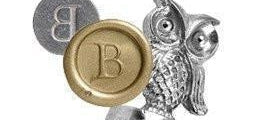
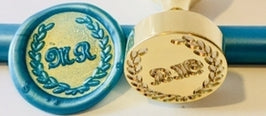

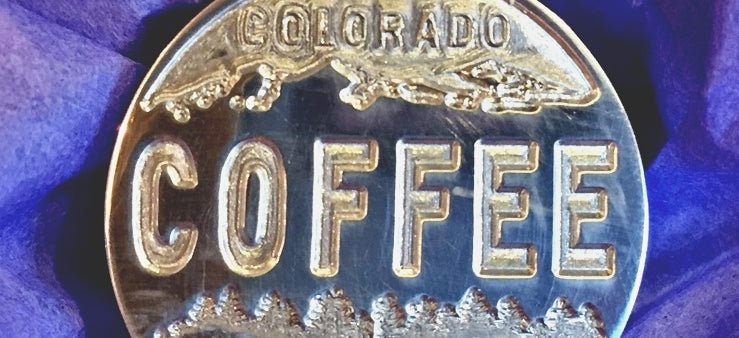


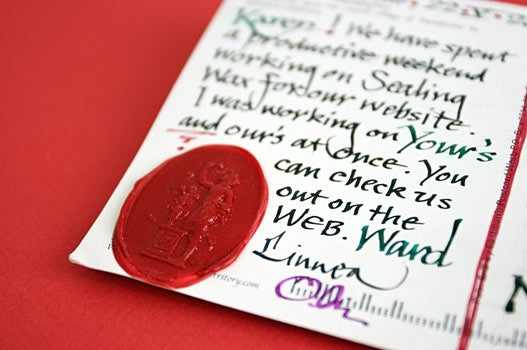
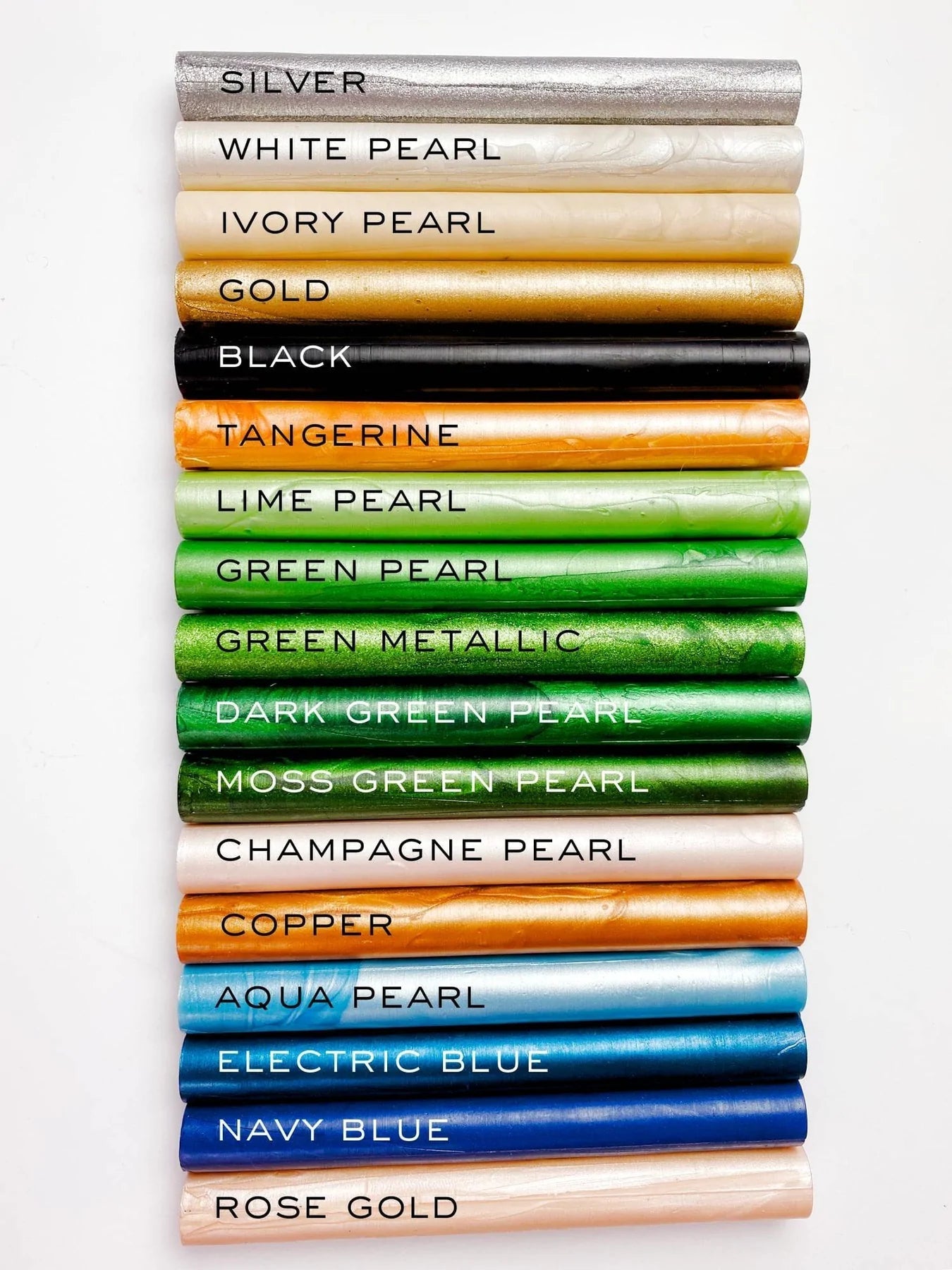
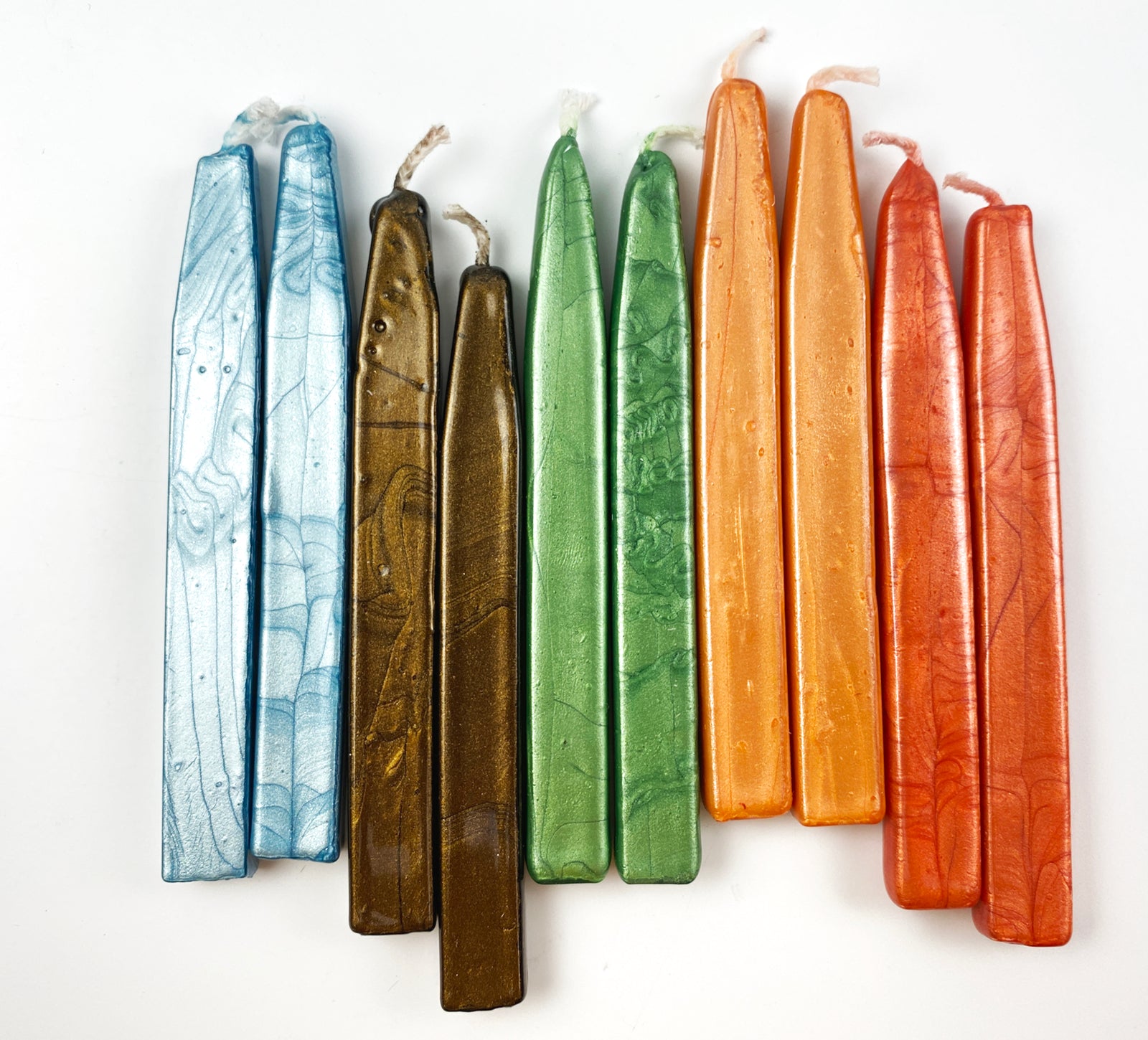
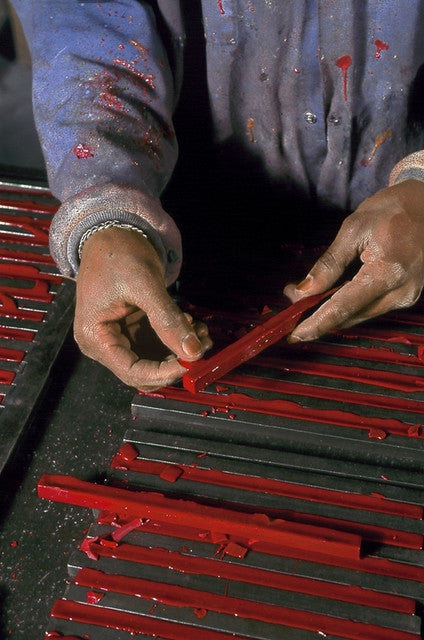
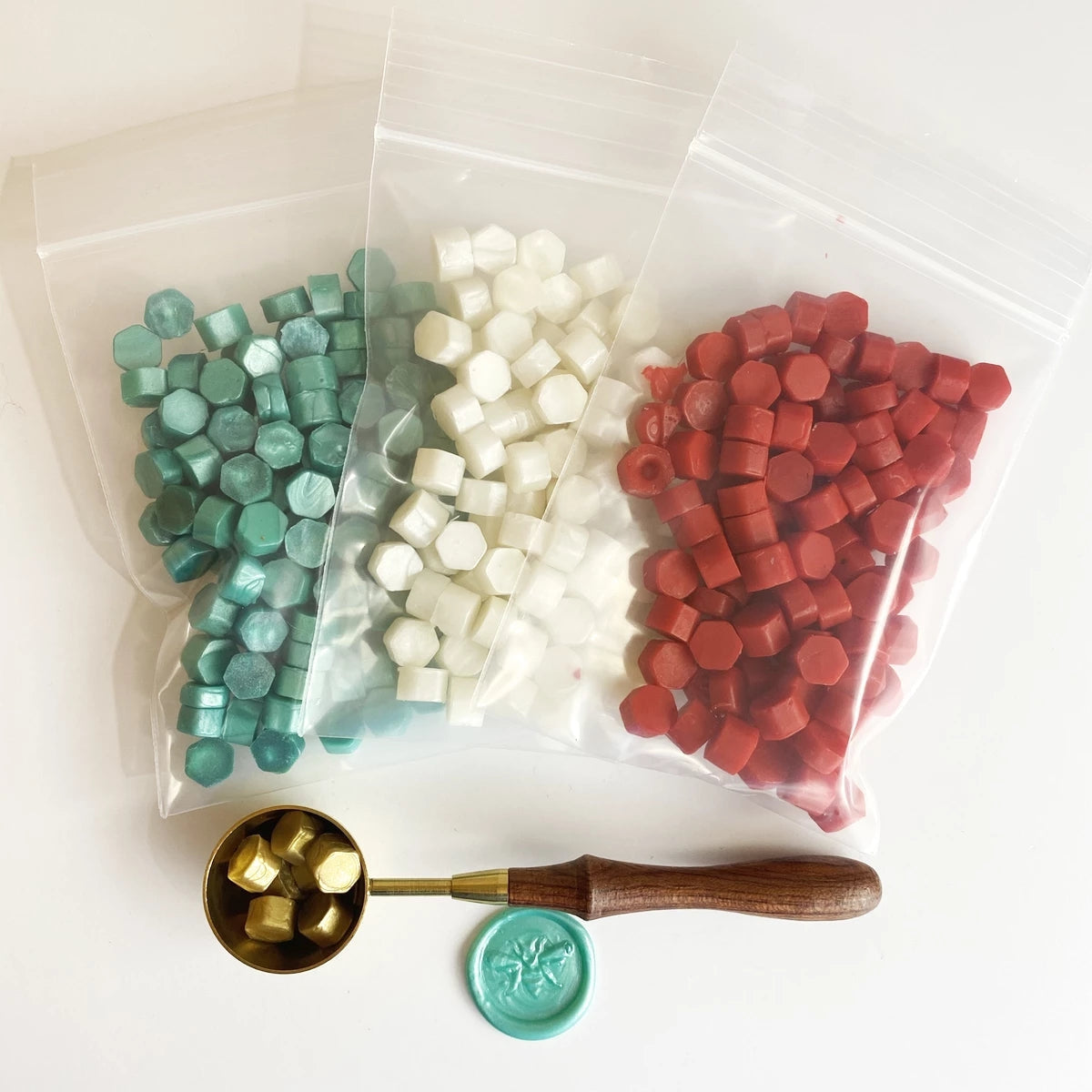
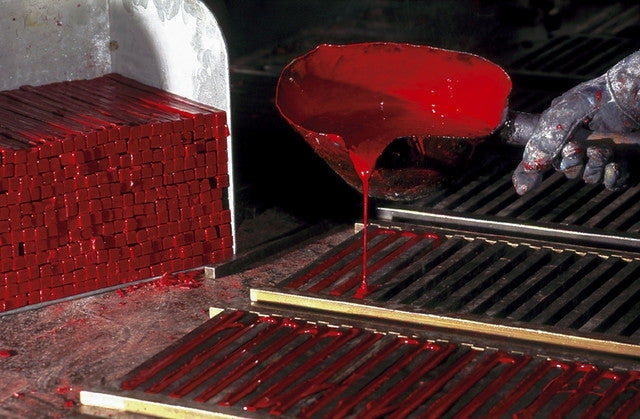
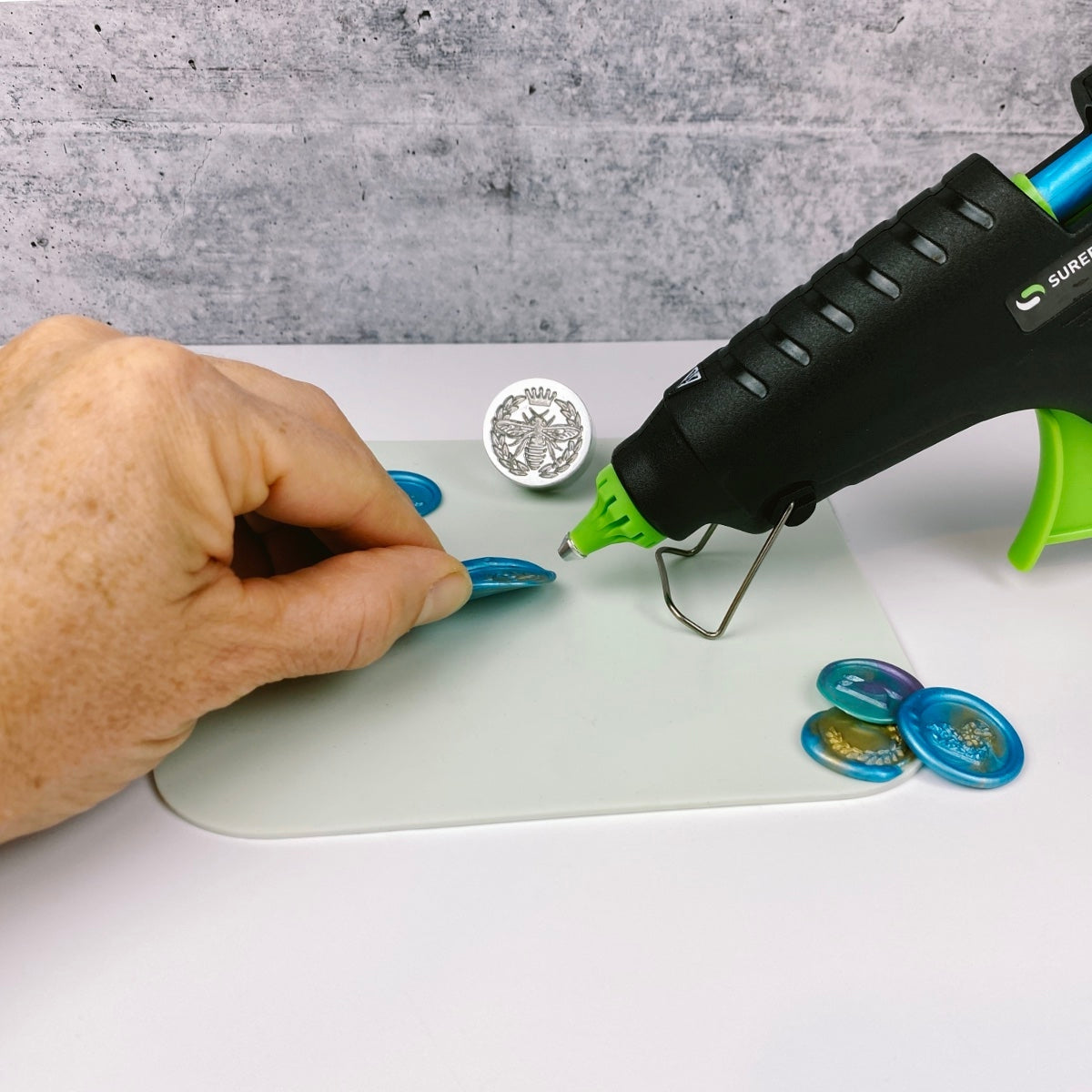


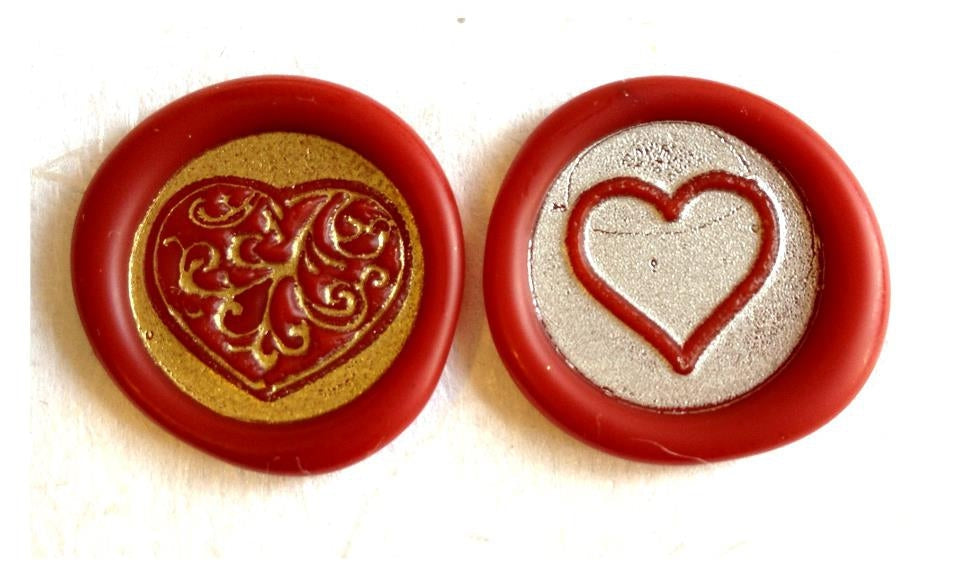
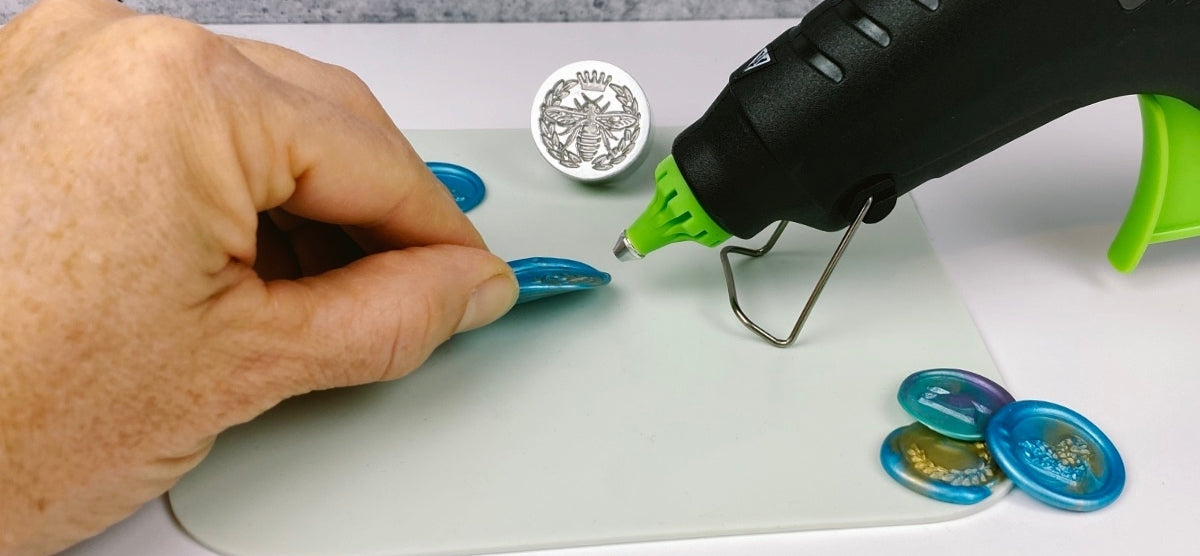






Leave a comment